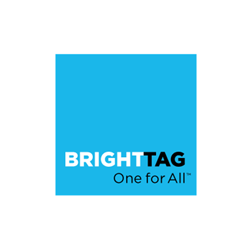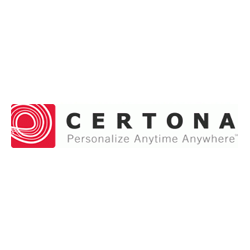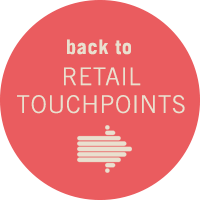Using Personalization And Targeting Successfully
Of course, competing with Amazon is no easy task, given the personalization methods the mega online organization already has implemented.
However, retailers can leverage a number of different tactics in order to stand out among the competition and positively influence the customer
experience.
After a shopper buys a product from Amazon, for example, she may quickly receive product recommendations based on her purchase. But often
those recommendations are not identified on a personalized level, leaving many products in the retailer's catalog unnoticed. More than 54% of
products in a retailer's online catalog do not get a single page view throughout a 24-hour span, according to RichRelevance. Often the same
products are being recommended to consumers over and over again. This is where content personalization can have a
significant impact, which is
a hot-button issue for retailers specifically looking to provide targeted interactions to individual shoppers.
"There is just so much content out there today and people don't have time to go through it all," said Kelly O'Neill, Sr. Director of Commerce
at Acquia. "In my mind, when people give personalization a bad rap, it's the 'I'm going to sell you' attitude. On a positive side, it's almost a
guided serendipity. You're taking what you know about a consumer and you're guiding them down a path to not only give them exactly what they're
looking for, but also exposing them to things that they didn't realize were available that are really relevant to that particular consumer."
Content personalization is an integral factor in a highly relevant online shopping journey. Personalization software providers such as
AgilOne,
Certona, Maxymiser and Evergage
all have spearheaded campaigns for retailers that
help them collect information on past shopping behaviors, product
views, clicks and purchases in order to recommend the ideal products and put the most relevant content front and center. In an example of the value
these providers bring to the table,
research from Harris Interactive indicates that 86% of U.S. adults expect brands to offer multiple options and
flexible timing for customer service interactions.
"The metric that we hang on our hat is what we call recommendation demand, or total revenue generated through
recommendation advice," said Todd
Scholl, Director of Marketing at Certona. Scholl noted that 13% of the company's retail customers' total revenue in 2013 was generated via
recommendation advice.
One way to think about online personalization is to "turn your e-Commerce site into your very best salesperson," noted Karl Wirth, CEO of
Evergage. Because a shopper isn't capable of asking questions online like they would if they were browsing a physical store, there is a potential
for the customer to leave the site before making a decision, which is called a "bounce."
Web site personalization tactics that can help prevent a high bounce rate include:
- Welcoming site visitors based on their geographical location;
- Sending special offers based on the sources that link visitors to the site; and
- Engaging consumers who haven't clicked any link on a landing page.
"The metric that we hang on our hat is what we call recommendation demand, or total revenue generated
through recommendation advice."
-Todd Scholl, Certona














